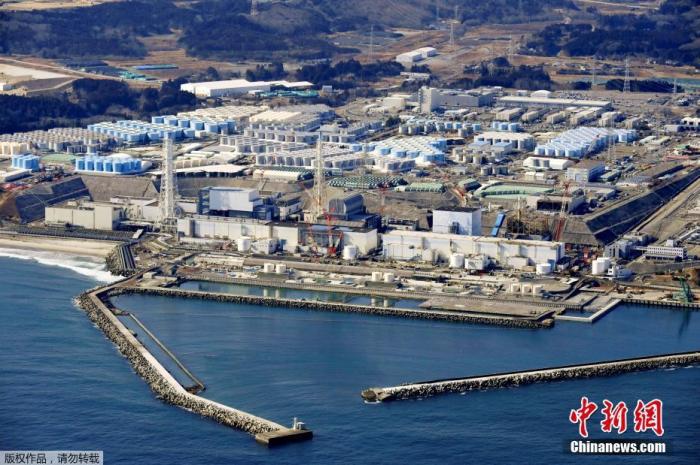China News Service, November 29. According to a report by Kyodo News on the 28th, in order to eliminate the damage to the image of seaside leisure activities that may be caused by the discharge of nuclear sewage from the Tokyo Electric Power Fukushima Daiichi Nuclear Power Plant into the sea, the Japanese government has begun to treat the facilities of the Fukushima Prefecture Beach With support for renovation and tourism promotion, the prefecture will promote the "Blue Tour", a lodging-type tour that feels the charm of the sea, in order to attract tourists.
On April 13, the Japanese government officially decided that the nuclear sewage from the Fukushima Daiichi Nuclear Power Plant will be discharged into the sea after being filtered and diluted.
According to Kyodo News, Japanese Prime Minister Yoshihide Suga held a cabinet meeting on the morning of the 13th to formally decide to discharge sewage from the Fukushima Daiichi Nuclear Power Plant into the sea.
The picture shows the Fukushima Daiichi Nuclear Power Plant in Japan on February 13.
According to reports, the Japanese government decided in April this year to discharge nuclear sewage into the sea from around the spring of 2023.
The Department of Reconstruction, focusing on the aquaculture industry, will make every effort to take measures to restore the damage to its image.
According to the Tourism Agency, it is envisaged to transform the showers and changing rooms of the aging "House of the Sea", to promote the charm of the sea at home and abroad, and to introduce experience planning such as seaside yoga; and to build slopes to the beach to promote barrier-free access. Obtained the "Blue Flag" international environmental certification for the beach.
In order to provide financial support to cities, towns, villages and tourism associations in Fukushima Prefecture that are committed to such projects, 300 million yen (approximately RMB 16.92 million) has been included in the budget application for the next fiscal year.
According to the prefecture, before the Great East Japan Earthquake, 18 beaches in the prefecture were once all closed due to the tsunami and nuclear accident.
It is reported that it has gradually restarted afterwards, and 7 places have been opened by 2019, but since 2020, the new crown epidemic has caused many places to not open sea bathing beaches.
According to previous reports, on April 13, 2021, the Japanese government officially decided to discharge the Fukushima nuclear sewage into the sea after being filtered and diluted. The discharge time is expected to last 20 to 30 years. However, this decision was met by residents of Fukushima Prefecture. Japan’s National Fisheries Federation of Trade Unions and the international community strongly opposed it.
An official from the South Korean Ministry of Foreign Affairs said recently that Japan had made a decision to discharge nuclear sewage without full consultation with neighboring countries. This decision will have an impact on the health, safety and marine environment of South Korean citizens.

